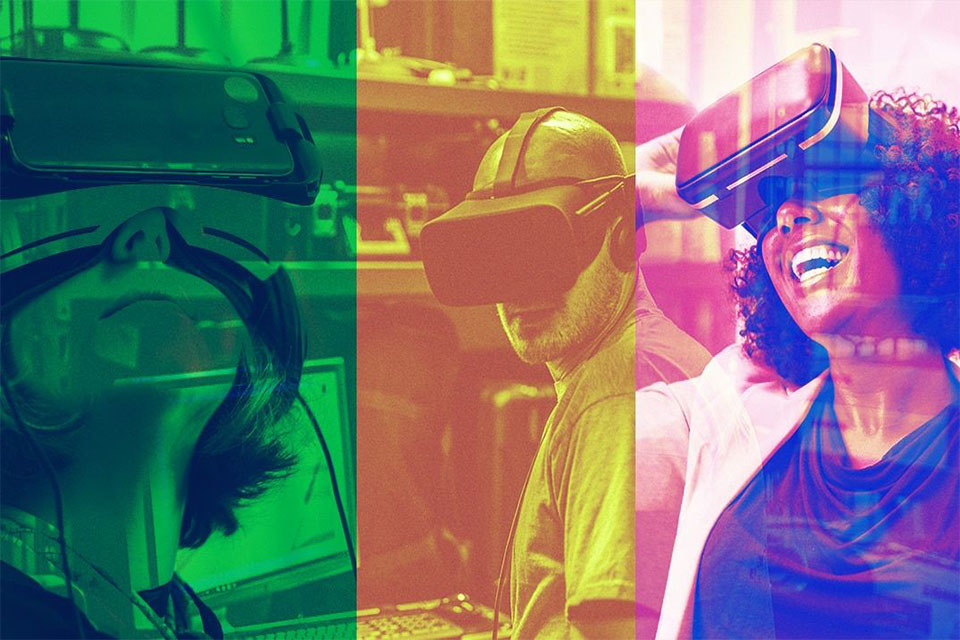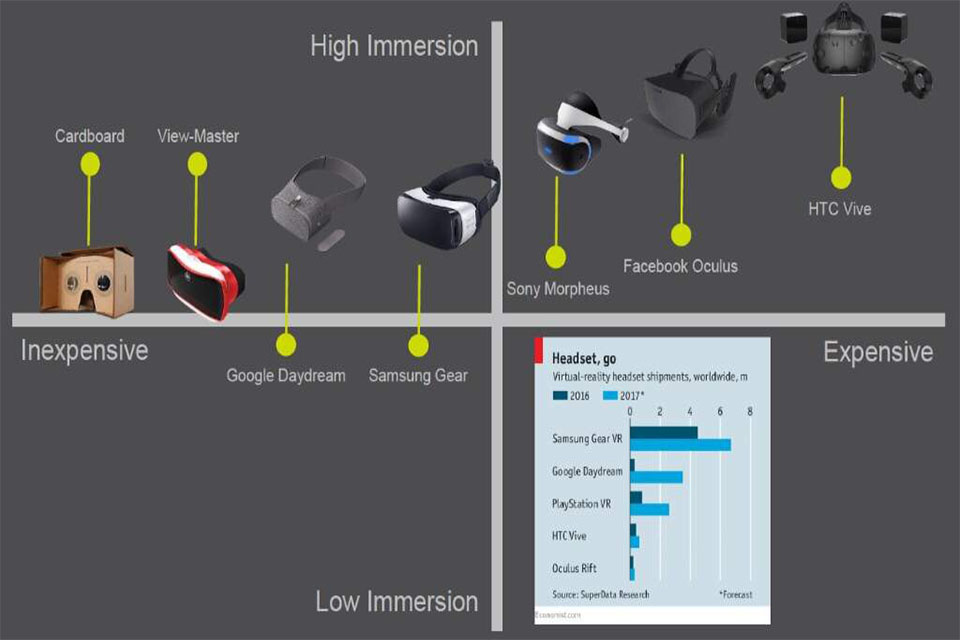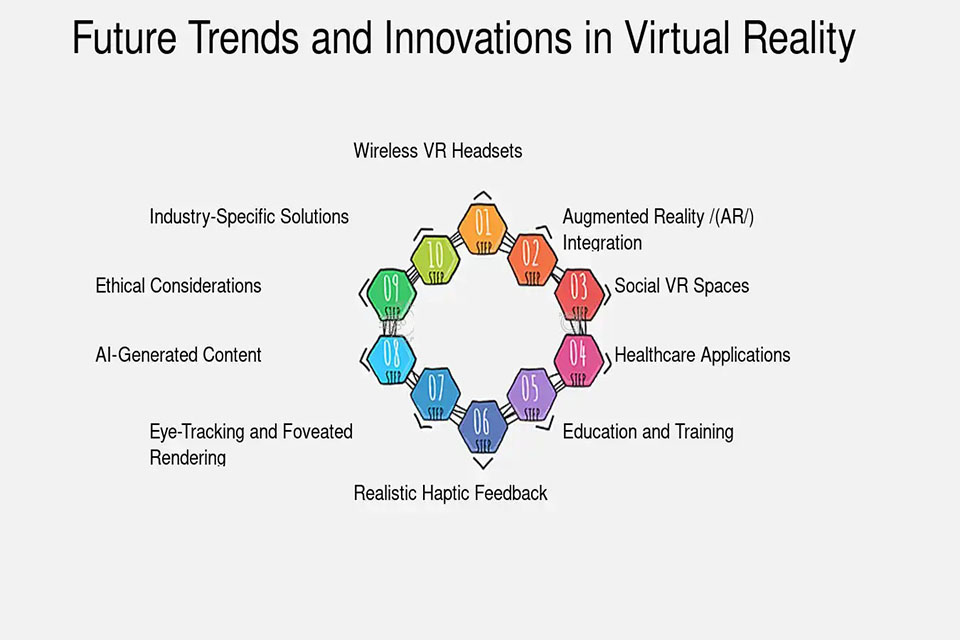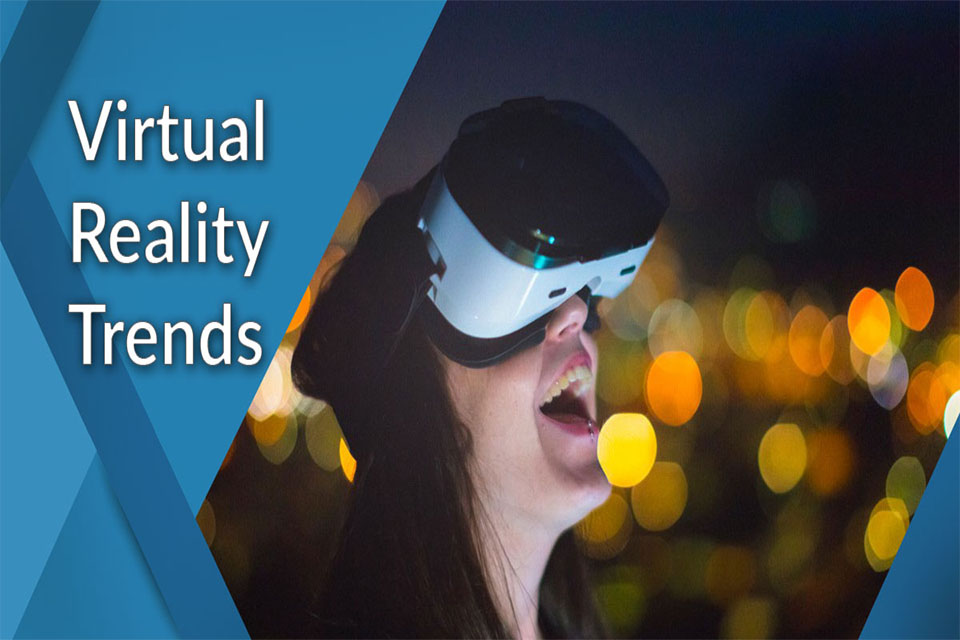In recent years, the realms of Virtual Reality (VR) and Augmented Reality (AR) have captivated both consumers and industries alike. As we stand on the brink of a technological revolution, understanding the future of these immersive technologies is more crucial than ever. This article delves into the evolving landscape of VR and AR, exploring their potential impacts, challenges, and the exciting innovations on the horizon. Whether you're a tech enthusiast, a business leader, or simply curious about the future, this guide will provide valuable insights into the next generation of virtual and augmented experiences.
What is the Current State of Virtual and Augmented Reality?
How are AR and VR Technologies Evolving?
What are the Future Trends in Virtual Reality?
What Role Will Artificial Intelligence Play in AR and VR?
How Will the Vision Pro Influence the Future of VR and AR?
What Industries Will Benefit Most from Augmented and Virtual Reality?
How Will the Future of Augmented Reality Shape Our Daily Lives?
What Are the Challenges Facing the Future of VR and AR?
How Can Businesses Prepare for the Future of Augmented and Virtual Reality?
What Should We Expect in 2025 and Beyond?
Virtual and augmented reality technologies have rapidly progressed over the past decade. Current VR systems offer immersive experiences, allowing users to explore virtual environments as if they were physically present. AR, on the other hand, enhances the real world by overlaying digital elements onto our surroundings through devices like smartphones and smart glasses.
As of 2024, the current state of these technologies shows a significant increase in application across various sectors, including gaming, healthcare, education, and retail. Companies are investing heavily in both VR and AR, recognizing their potential to transform user engagement and operational efficiency.

The evolution of AR and VR technologies is marked by continuous innovation. Advancements in hardware, such as lighter headsets and improved graphics, are making these experiences more accessible and enjoyable. Additionally, software developments are enhancing the interactivity of virtual environments.
In 2025, we can expect further evolution, with technologies becoming more integrated with artificial intelligence. This will allow for more personalized experiences, adapting to user preferences and behaviors. The incorporation of AI into VR and AR will fundamentally change how we interact with digital content.
Several key trends are expected to shape the future of virtual reality. One major trend is the rise of social VR platforms, where users can interact in shared virtual spaces. This trend is revolutionizing how we connect, collaborate, and socialize online.
Another trend is the increased focus on realistic simulations for training purposes in various fields, from aviation to medicine. As VR technology continues to improve, we will see more industries adopting these immersive training solutions, enhancing learning outcomes and safety.

Artificial intelligence is poised to play a transformative role in both AR and VR. AI algorithms can analyze user data to create more tailored experiences, making virtual environments more engaging. For instance, AI can help simulate realistic human behavior in VR scenarios, enhancing the immersion.
Moreover, AI can streamline the development process for AR applications, allowing creators to focus more on content than technical challenges. As these technologies evolve, the synergy between AI and immersive experiences will redefine user interactions.
Apple's Vision Pro is set to be a game-changer in the realm of augmented and virtual reality. By combining AR and VR capabilities, it offers users a versatile tool for both entertainment and productivity. The Vision Pro's advanced sensors and intuitive design promise to deliver unparalleled user experiences.
As more consumers adopt devices like the Vision Pro, we can expect a significant shift in how we use AR and VR daily. This could lead to broader acceptance of these technologies in various sectors, paving the way for innovative applications.
Numerous industries stand to gain from the advancements in AR and VR technologies. The healthcare sector, for example, is utilizing VR for surgical training and AR for patient diagnostics. This not only improves training outcomes but also enhances patient care.
In retail, AR allows customers to visualize products in their own space before making a purchase decision. This capability not only enriches the shopping experience but also reduces return rates, providing significant benefits to retailers.
The future of augmented reality is expected to significantly impact our daily lives. As AR technology becomes more integrated into everyday devices, we will see applications that enhance routine tasks. Imagine using AR to navigate your city or receive real-time information about products while shopping.
Moreover, AR will likely play a crucial role in education, allowing students to interact with 3D models and simulations. This interactive approach to learning can enhance comprehension and retention, making education more engaging and effective.
Despite the exciting prospects, several challenges remain for the future of VR and AR. One major concern is the lack of standardization across platforms and devices, which can hinder user experience. Additionally, privacy and data security issues must be addressed as these technologies collect and analyze user data.
The high cost of VR and AR hardware can also be a barrier to widespread adoption. As technology evolves, efforts to make these devices more affordable will be crucial in driving greater acceptance among consumers.

Businesses looking to stay ahead in the evolving landscape of AR and VR should start by investing in training and development. Understanding these technologies and their potential applications can give companies a competitive edge.
Moreover, businesses should explore partnerships with tech companies specializing in AR and VR. Collaborating with experts can help accelerate the integration of these technologies into existing processes, enhancing efficiency and innovation.
Looking ahead to 2025 and beyond, we can anticipate significant advancements in both AR and VR. These technologies will likely become more accessible and user-friendly, fostering greater adoption across various sectors.
We can also expect to see more immersive experiences where the lines between the virtual and real worlds continue to blur. As these technologies evolve, they will undoubtedly reshape how we work, learn, and connect with one another.

The current state of VR and AR shows significant advancements and applications across various sectors.
Evolving technologies, especially AI, will enhance user experiences in AR and VR.
The Vision Pro is set to influence how users interact with augmented and virtual environments.
Various industries, including healthcare and retail, will benefit greatly from AR and VR innovations.
Challenges like standardization and cost must be addressed for wider adoption.
Businesses should invest in training and partnerships to prepare for future developments in these technologies.
Expect substantial changes in how we integrate VR and AR into our daily lives by 2025 and beyond.
By understanding these dynamics, readers can better appreciate the transformative potential of virtual and augmented reality, positioning themselves to engage with these exciting technologies as they continue to develop.
Contact: Ashley Wu
Phone: +86 17773983073
E-mail: [email protected]
Add: 708 Room A Buiding Huafeng International Robot Industrial Park Xixiang Bao'an